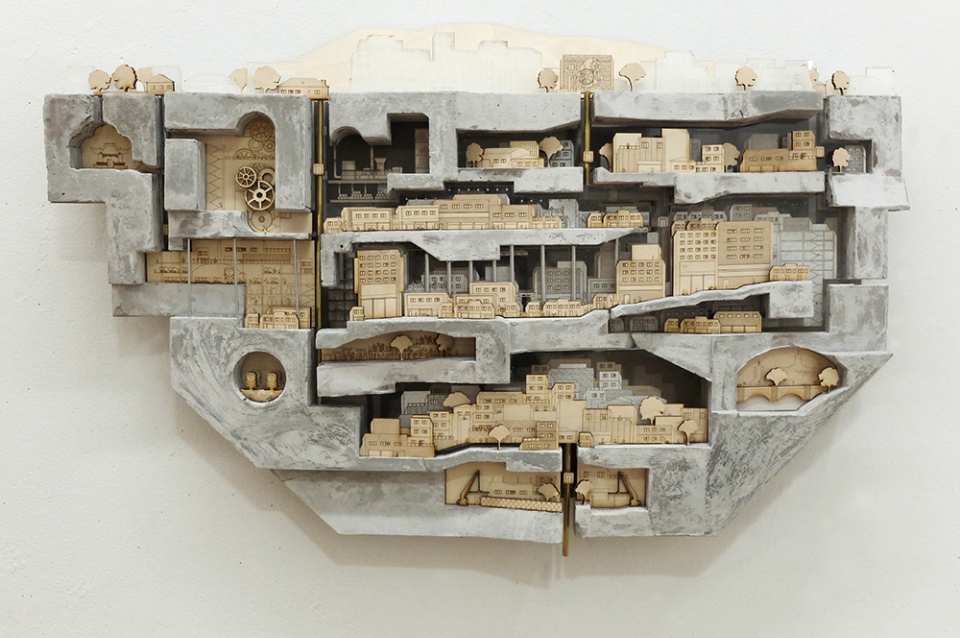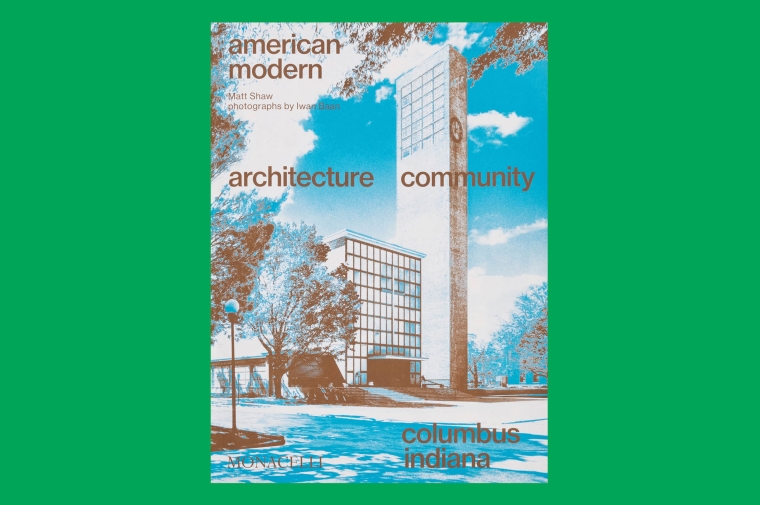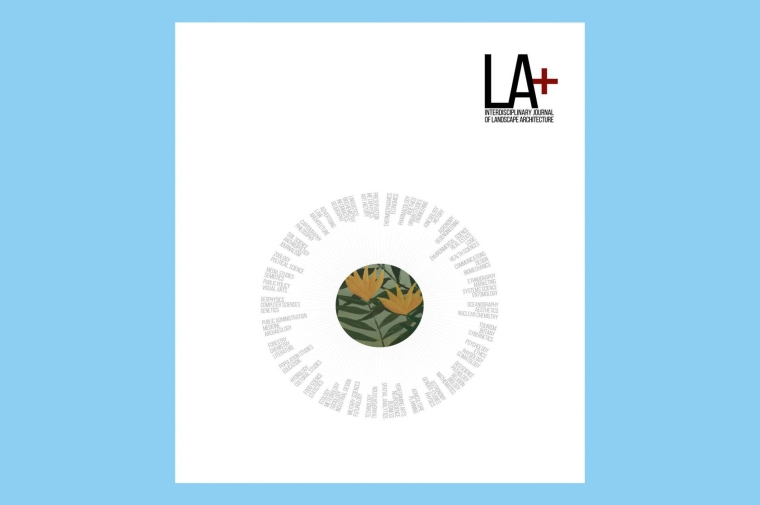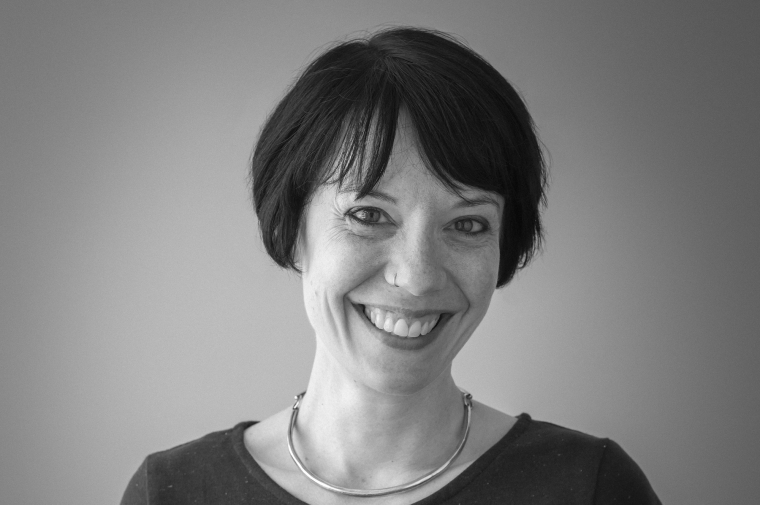November 13, 2017
Stuart Weitzman School of Design
102 Meyerson Hall
210 South 34th Street
Philadelphia, PA 19104
Get the latest Weitzman news in your Inbox
Media Contact
Michael Grant
mrgrant@design.upenn.edu
215.898.2539
Arianna Armelli’s model for Tokyo Landscape Futures, LARP 701 Option Studio with Associate Professor of Landscape Architecture Christopher Marcinkoski, imagines a post-WWIII future, after North Korea has destroyed central Tokyo and an underground city has been developed as retreat from future threats.
From the syllabus:
It is well-known that Tokyo is one of the densest, most frenetic urban environments on earth. At more than 37-million people, it is the single largest conurbation that has existed in human history up to this point. Yet this massive scale is a finite reality. The population of the Tokyo metropolitan area peaked nearly a decade ago, and is forecast to continue to fall by over 1/3 over the next 50 years. This radical demographic shift is the result of an aging population, nationalistic immigration policies, and increasing automation—not to mention a culture that is increasingly uninterested in sex, let alone procreation. In regard to this phenomenon, The New York Times quoted researchers at the Fujitsu Research Institute, a think tank, as saying ‘in 20 years…more than one-quarter of Japanese houses could be empty.’ This reality provides a wholly unique context to reflect on from an urban design perspective—the depopulating of hyper-density. Or to describe it another way—the impending atrophy of the mega-city.
Japan broadly, and Tokyo specifically are an exceptional context in which to reflect on this reality given the myriad cultural sources of design inspiration available to our work. From the implications of cutting-edge robotics and automation driving the Japanese economy; to the appropriation of mainstream cultural imagery like manga and anime; to the provocations of contemporary Japanese art such as Ikeda Manabu or Ryoji Ikeda; to the hyper-refined ancient cultivation practices of Japanese gardens and landscapes—this studio will mine these sources to as a means to imagining and visualizing future urban landscapes that can inspire and influence, provoke and pioneer, without the burdens of providing a solution or a singular answer.


 Expand Image
Expand Image



